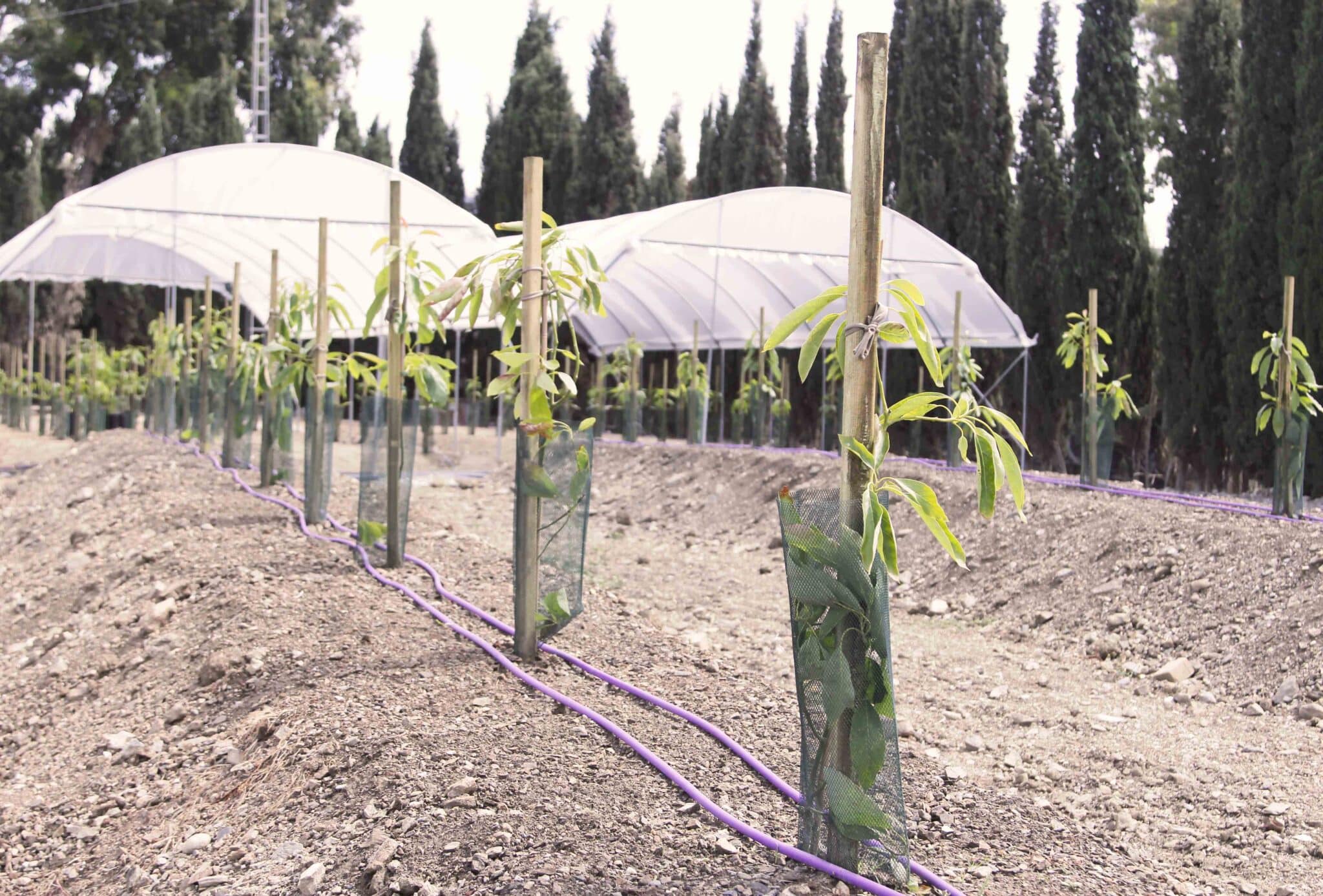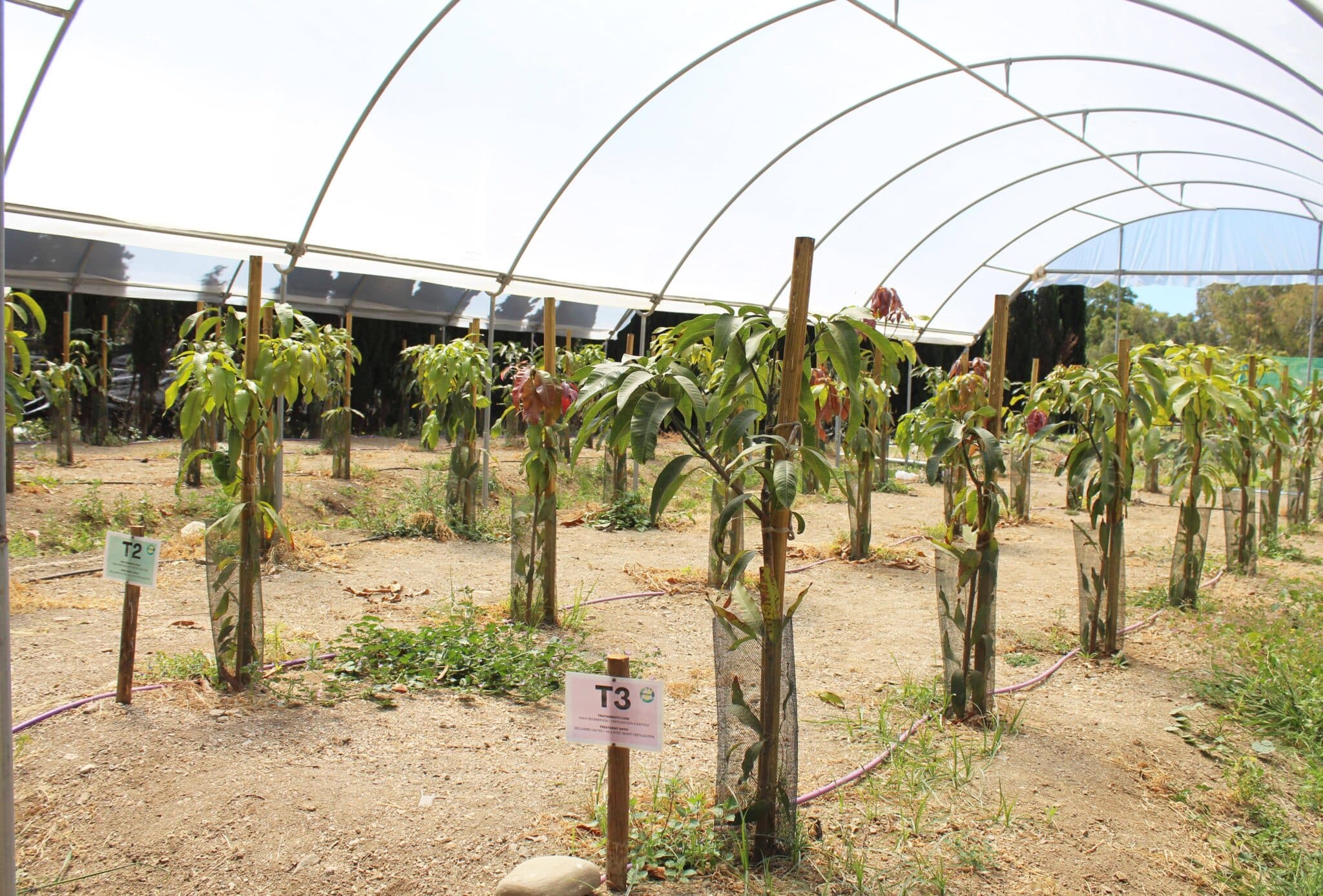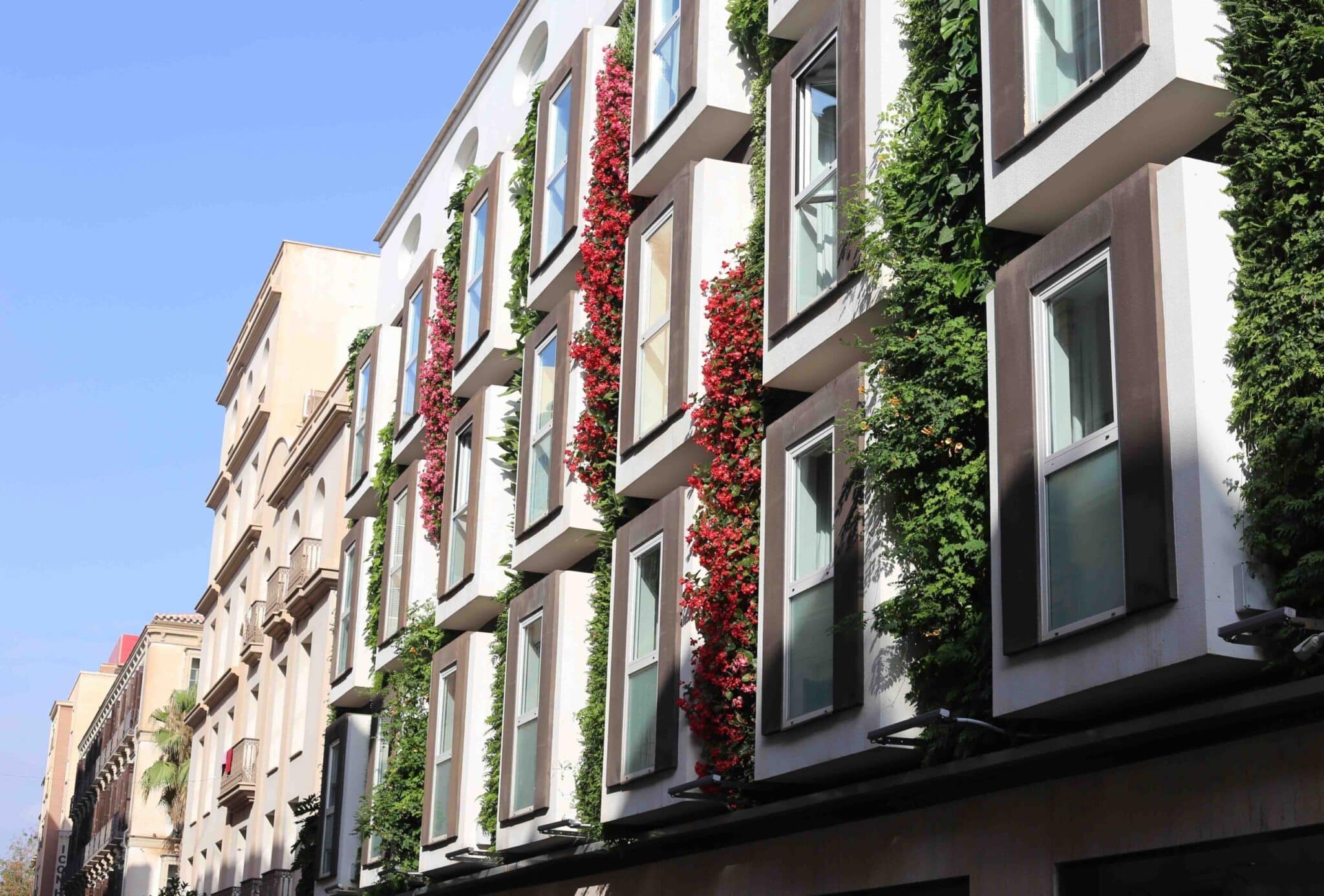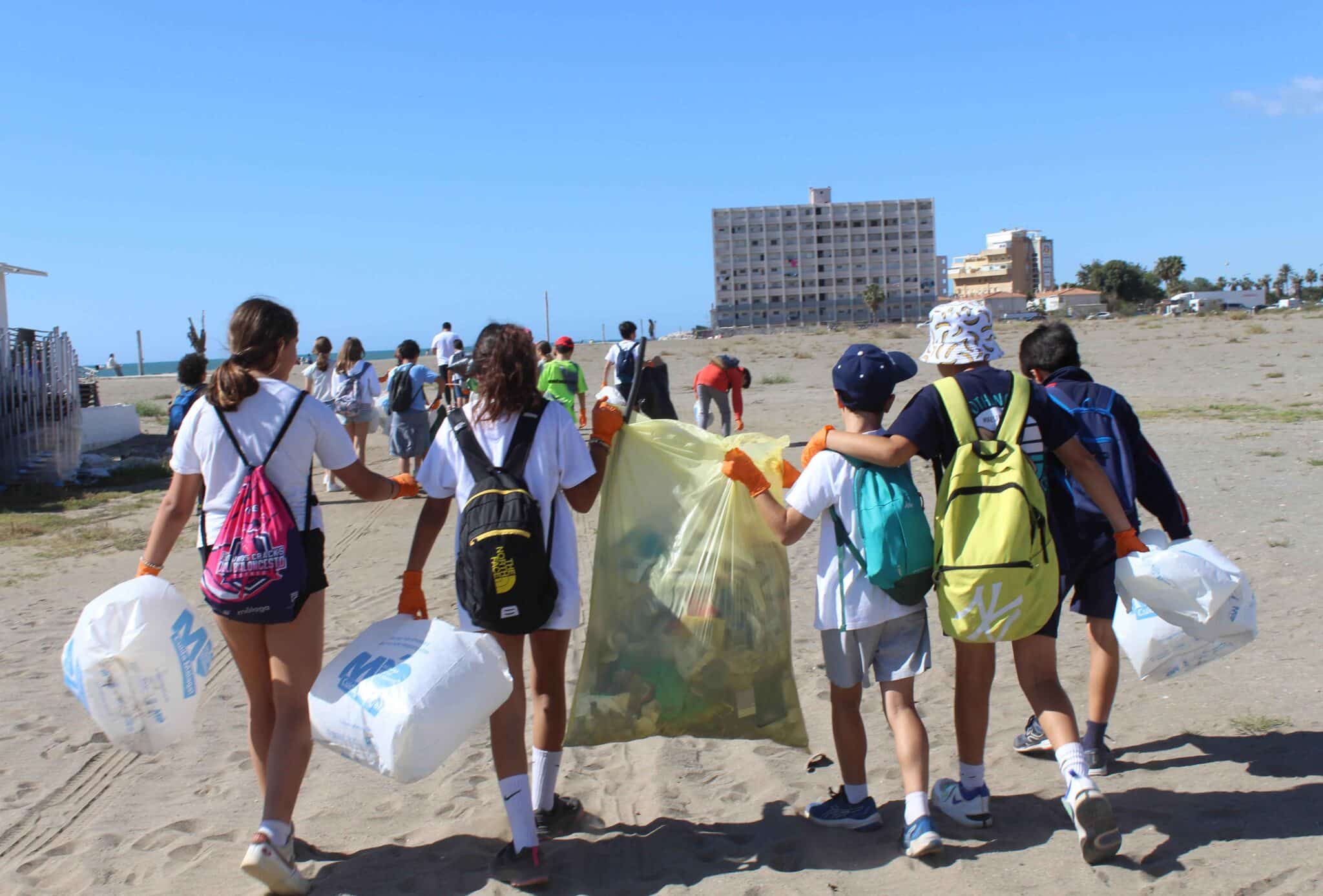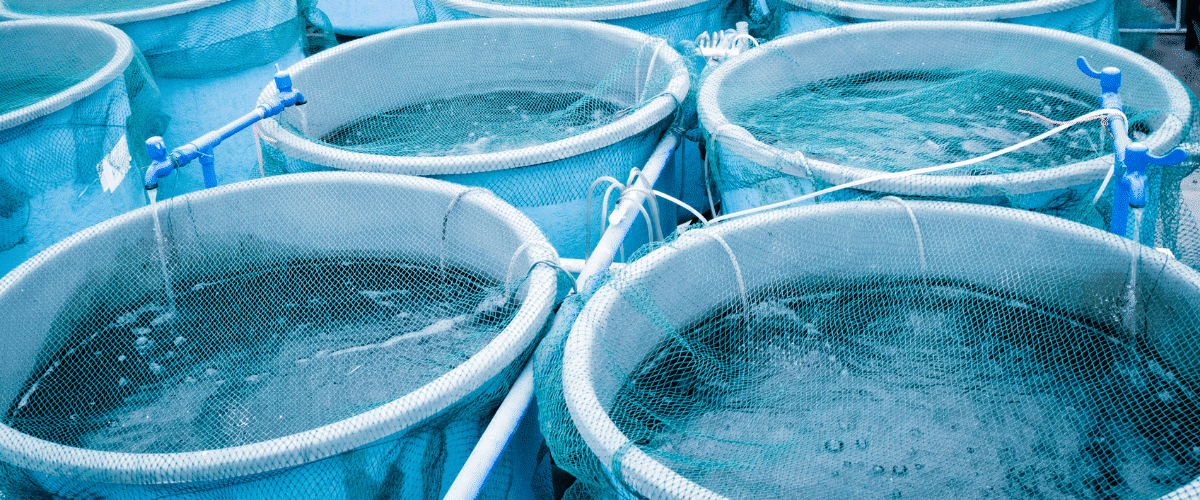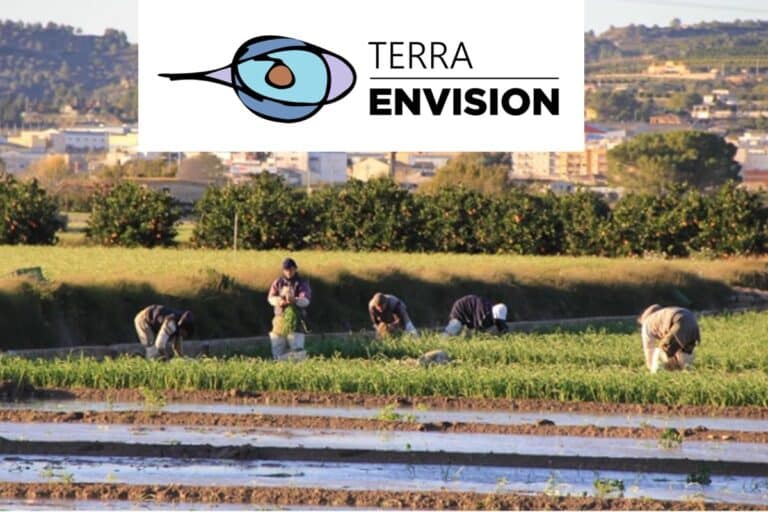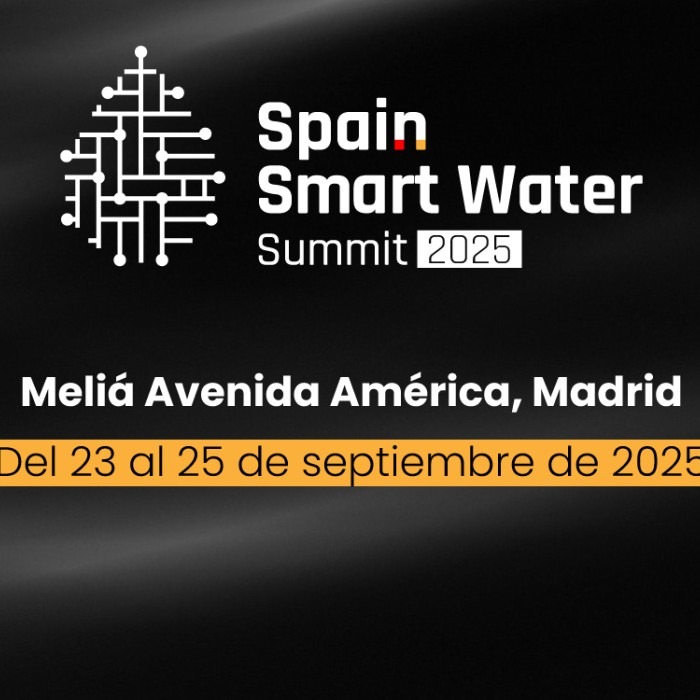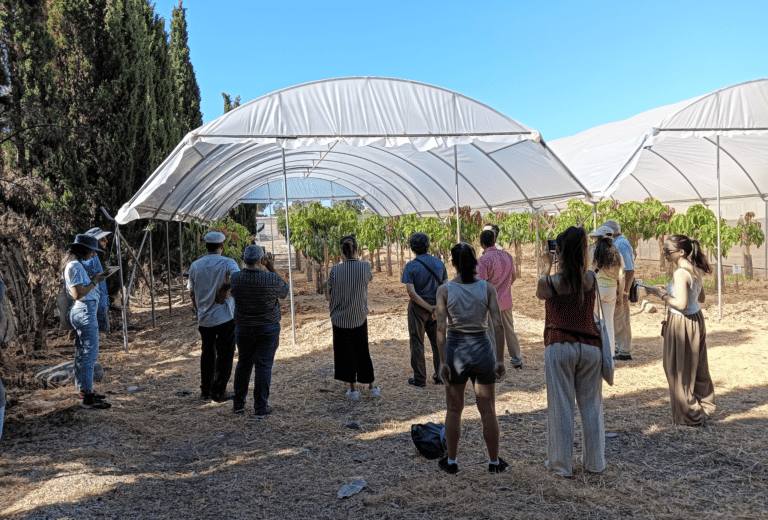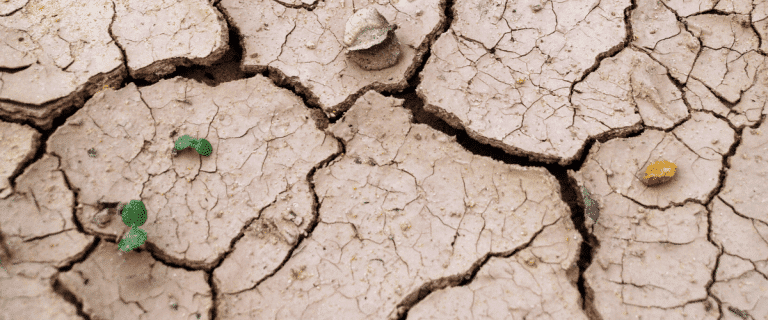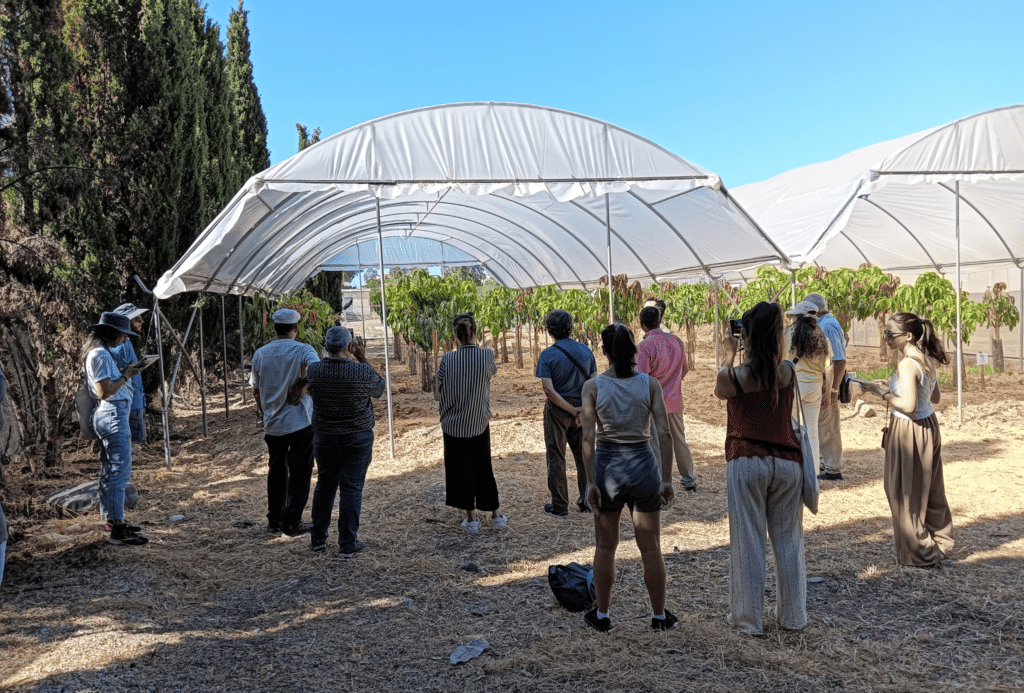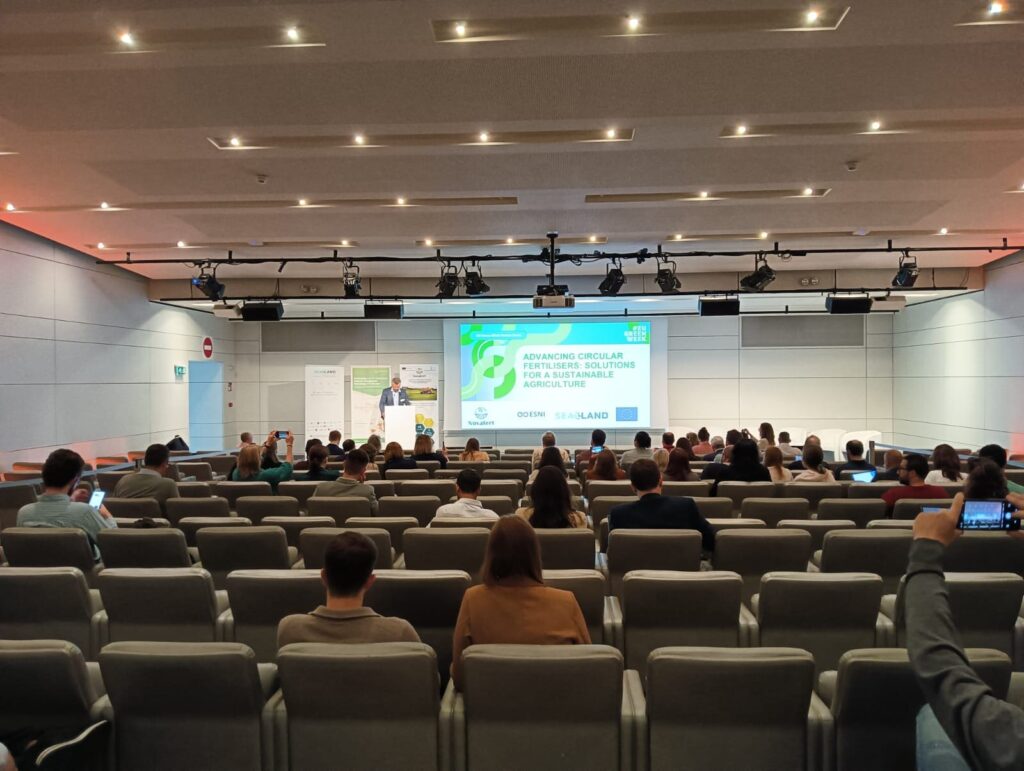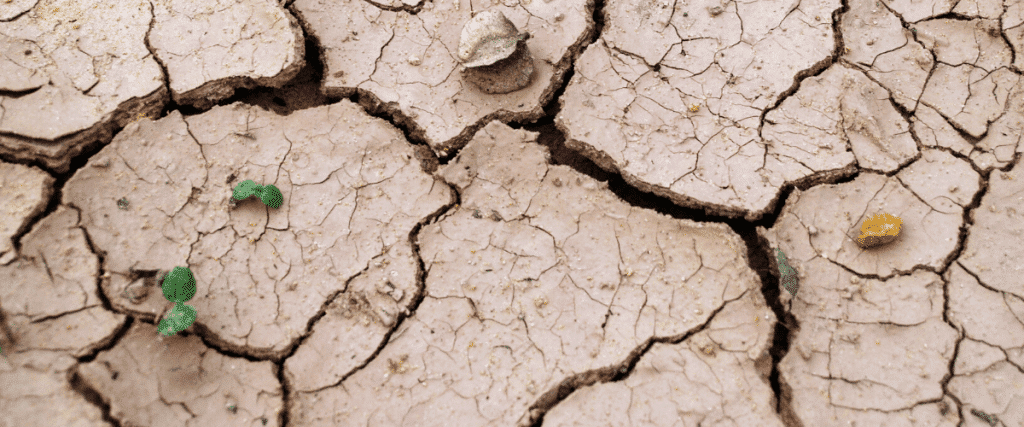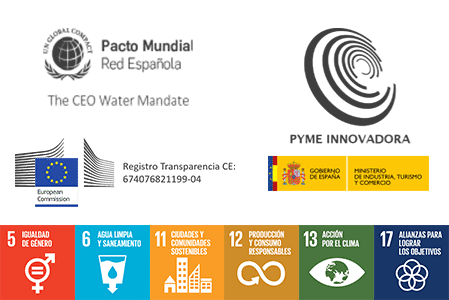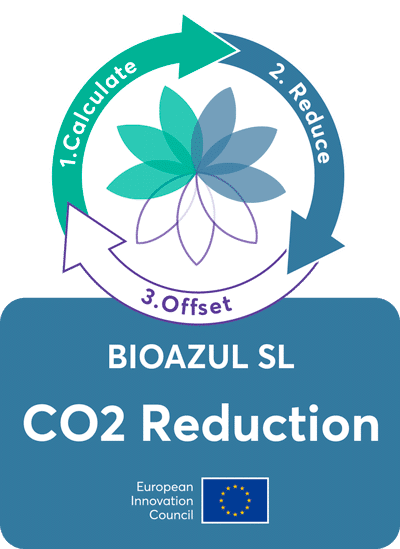Researchers from Department of Food Science at Aarhus University have developed a digital solution that can track changes in the quality of fresh fruit and vegetables in real-time. The solution can provide retailers with unique information about remaining shelf life that can help reduce food waste.
When it comes to fruit and vegetables, retailers usually sell the produce based on the first in first out approach. But this approach might lead to food waste because retailers lack information about how long they can store fresh fruit and vegetables before turning into waste due to previously unknown variations in the supply chain conditions.
As a part of the DigiFresh project, researchers from the Department of Food Science at Aarhus University have developed a digital solution that can help determine what storage conditions and challenges the products have met earlier in the supply chain and how these conditions can be taken into account further in the supply chain.
Alexandru Luca from the Department of Food Science at Aarhus University is the coordinator of the project which is funded by the European Institute of Innovation and Technology (EIT Food) exemplifies:
Take for example strawberries. If handled optimally in the supply chain, strawberries can be stored in the fridge at the consumers and used for up to six days after purchase. However, if the storage conditions are not optimal, whomever buys them may only be able to store them for 1-2 days, even if the berries looked good at purchase, he explains.
The challenge is two-sided. Frist of all, conditions throughout the supply chain needs to be more consistent to prevent loss of quality during transportation. Second, the retailers need more information about the conditions to react in a timely way in relations to which products to sell first.
Where logistics typically applies the approach of FIFO (First in First Out), the concept of FEFO (First Expired First Out) is a more efficient way of minimizing food waste. And that’s where the digital twins enter the stage:
The concept of digital twins being a virtual copy of some real life physical system containing at least three parts, (i) the physical product, (ii) its virtual counterpart, and (iii) the connections of data and information that tie them together. Central to this concept is the ability to collect and process information through a multitude of sensors to register processing conditions and the responses of the physical system which is used to develop valid virtual models and to evaluate the virtual system under given conditions mimicking the behavior of the physical system as good as possible. In case of fruit and vegetables, one can simply place the sensor inside the box with the for example strawberries at farmer. Whenever the produce arrives at a destination, the data is automatically uploaded to the could. The quality of the virtual produce (that of a digital twin) is then calculated. This allows the user to track the changes in quality over time, Alexandru Luca explains.
The digital twins provide immediate access to the actual expectations on remaining shelf life and insights into the performance of the physical product. It makes it possible for retailers to make logistic decisions based on data collection and prediction models for remaining shelf life:
We have validated the information from the digital twins by transporting fresh produce from Spain to Denmark, which is a relatively long supply chain. Here, we monitored the conditions such as temperature and relative humidity during the supply chain from farmers until the quality was lost at the university, which was the end destination. This enabled us to obtain information on the exact time, when the quality was lost, and the remaining shelf life was zero and to compare the results to what the digital twin told us.
Introducing product potential
In relations to the development of the digital twins, the researchers have introduced a new term called product potential. The term is rather abstract and continuous and combines the different aspects of what the quality of the product is:
The product potential goes from 100 to 0. When the product lies within the scale, it means that the quality is still not lost. When the product reaches zero, the quality is gone, Alexandru Luca says.
This way of tracking and determine the quality of the product is essential in making retailers working with the approach of FEFO (First Expired First Out) and thereby preventing unwanted loss of quality that results in food waste. Let’s return to the example of strawberries again:
When we have a virtual strawberry in the cloud and a model that can describe how the strawberries’ product potential is changing depending on the conditions, they are stored under throughout the supply chain, retailers are able to track the product potential and make decisions in advance as to which strawberries to sell first.
The digital twin is coming for your broccoli
During 2022 selected partners have tested and validated the digital twin for strawberries and lettuce amongst others with promising results. Looking into the nearest future, researchers are working on digital solutions for other vegetables and fruits for example broccoli:
Central to this is the ability to collect and process even more information through a broader multitude of sensors applying to different fruits and vegetables to register both processing conditions and the responses of the physical system which will then used to develop valid virtual models and evaluate the virtual system under given conditions mimicking the behavior of the physical system as good as possible, Alexandru Luca concludes.
The DigiFresh project, financed through EIT Food, we made up Bioazul, Aarhus University, KU LEUVEN, PlantLab and CSIC.
